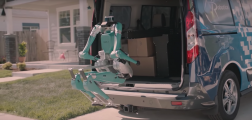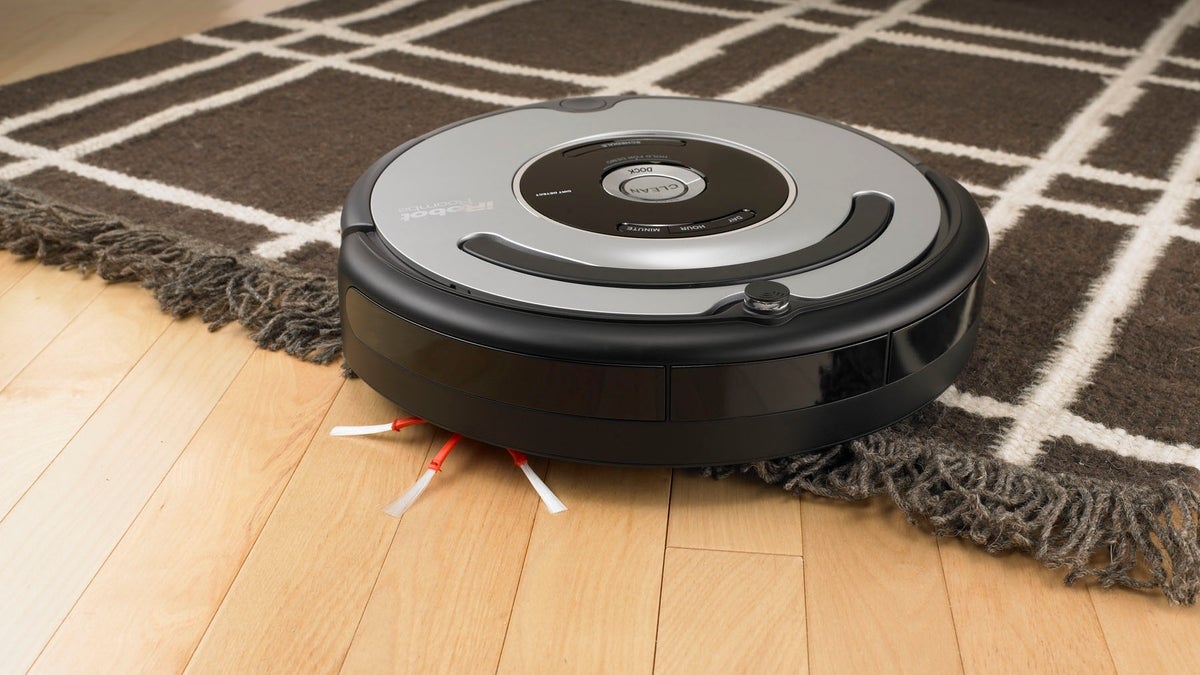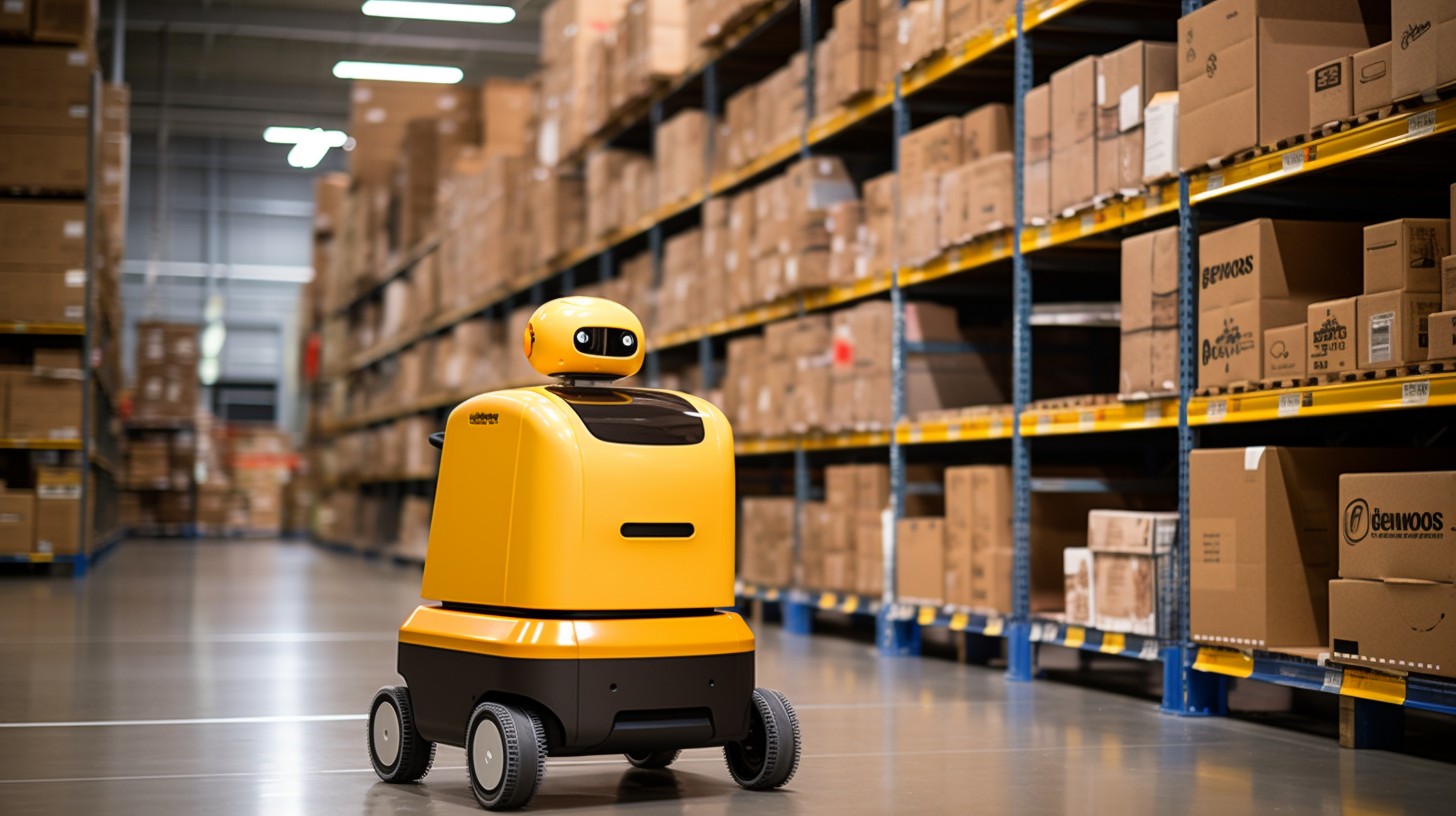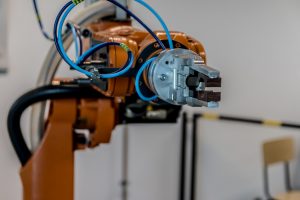Agility Robotics, a leading robotics company, is set to revolutionize the industry with its latest creation — a bipedal humanoid robot called Digit. With the capacity to produce a remarkable 10,000 robots per year, Agility Robotics is poised to make a significant impact. Unlike some robots on the market, Digit is not armed, and according to CEO Damion Shelton, it won’t be taking jobs away from humans either.
Key Takeaway
Agility Robotics’ bipedal humanoid robot, Digit, with its human-like design and precise capabilities, is set to revolutionize the industry. Adhering to OSHA guidelines and advocating against weaponization, Agility Robotics ensuressafety in all aspects. Furthermore, their focus on job creation rather than replacement highlights the role of robotics in enhancing efficiency and addressing the shortage of human resources.
Humanoid Design for Seamless Navigation
Digit’s human-like design, complete with arms and legs, is a deliberate choice to optimize its functionality in various environments. Shelton explains that if the goal is to create a robot that can move effortlessly in spaces designed for people, having arms and legs is necessary. Interestingly, the design parameters for Digit align closely with the guidelines set by the Occupational Safety and Health Administration (OSHA) to ensure human safety.
Moreover, Agility Robotics has gone a step further by equipping Digit with a pair of eyes. However, these eyes aren’t for visual perception, as the robot already has an array of sensors for that purpose. The decision to add eyes is centered around facilitating communication between the robot and humans. Melonee Wise, CTO of Agility Robotics, explains that the eyes provide a sense of the robot’s intended movements, directing human attention to important areas of the robot’s expression.
Precise Capabilities for Warehousing
Digit boasts impressive capabilities, being able to lift approximately 35 pounds (~12 kilograms) and reach heights of up to 4.5 feet (~1.4 meters). Though it has the potential to reach even greater heights, the need for such extended reach is limited in warehouse settings. As wise explains, human workers typically don’t have to lift objects from seven feet high, so the robot’s capabilities are tailored to fit the requirements of the industry.
An important aspect of agility Robotics’ approach is adherence to OSHA guidelines. Even though Digit is a robot, it is considered a worker when operating within a human environment. Thus, the robot must comply with safety regulations that ensure worker well-being. Wise emphasizes that even in scenarios where human workers may not be present, there will always be a need for someone to service and maintain the robots, rendering OSHA compliance necessary.
No Weapons, No Harm
In a collaborative effort, Agility Robotics joined forces with other prominent robotics companies, including Boston Dynamics, to issue an open letter to the industry. The letter expresses their collective stance against weaponizing general-purpose robots. Shelton highlights the commitment to ensuring that robots are never used to harm people, intentionally or accidentally. By incorporating clauses in user agreements, the company ensures that end users are prohibited from deploying the robots in ways that could cause harm, aggression, or even threaten individuals and animals.
Robots as Job Creators
Contrary to common belief, Agility Robotics asserts that their robots are not intended to replace human workers. Wise emphasizes that the increasing gap in the job market, particularly in logistics and manufacturing, is due to a shortage of human resources rather than the introduction of robots. As the workforce ages and fewer people are interested in undertaking manual labor, these robots serve to fill the gaps and enhance efficiency. In fact, Agility Robotics has witnessed firsthand how their robots have been deployed to address labor shortages and to complement human workers, rather than replace them.

























